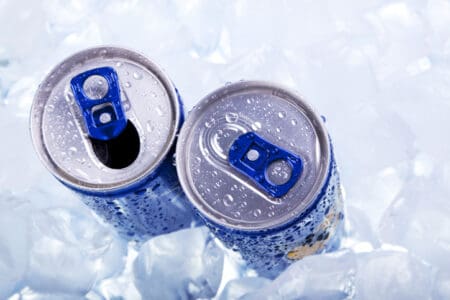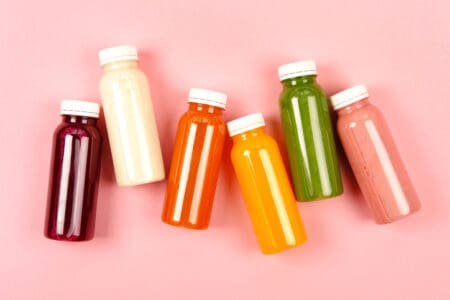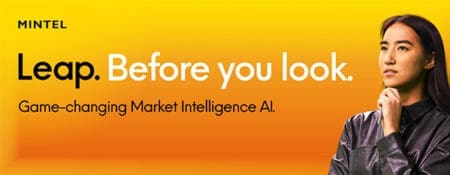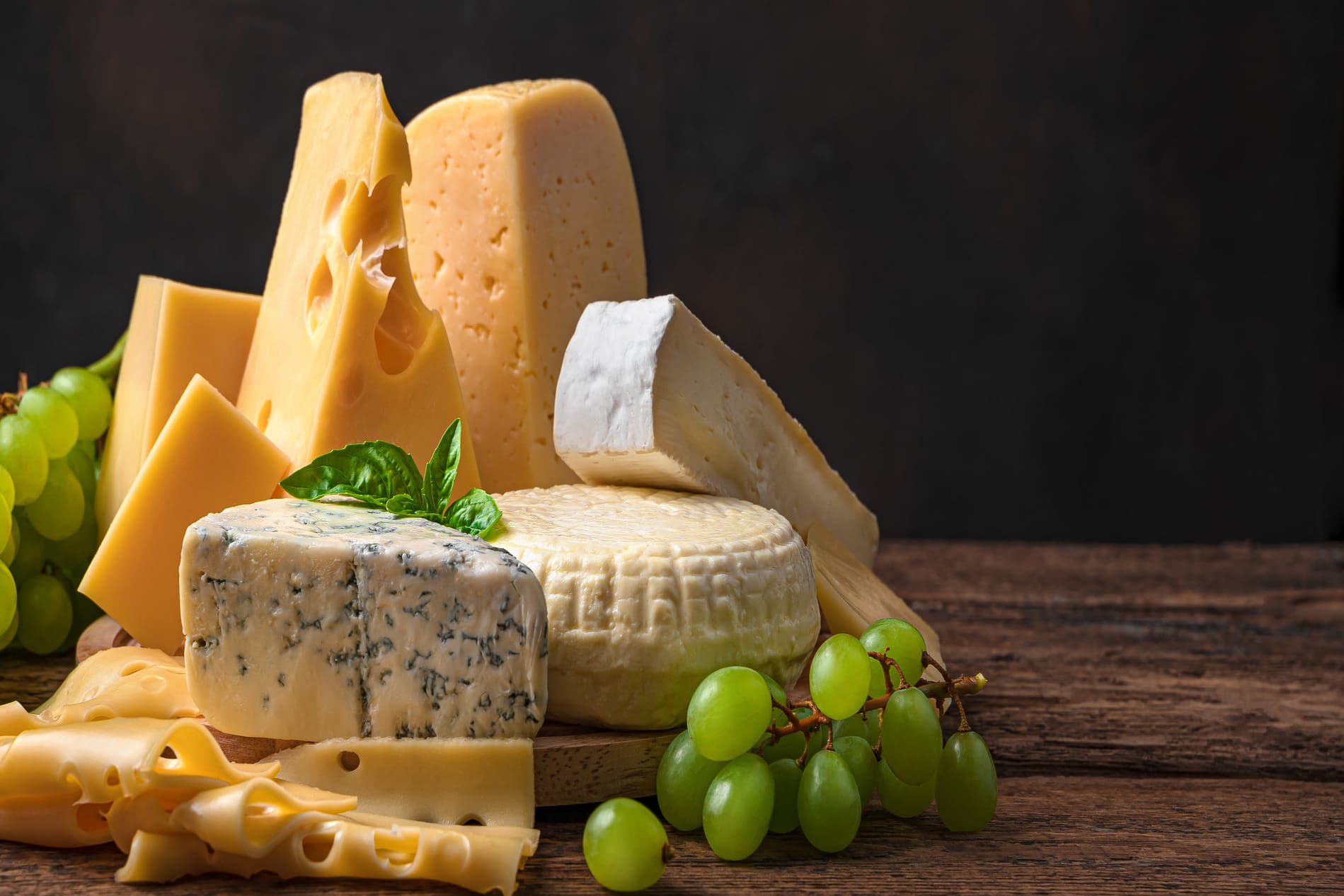The beverage market in the United States is rapidly evolving. Staying up-to-date with new product innovations is pivotal to keeping pace with consumer preferences.
Growing an estimated 10% in 2024, the non-alcoholic beverages industry has experienced many shifts and changes. The core trends Mintel has identified are the rise of new flavors and ingredients, the shift toward alcohol moderation, and increased health consciousness affecting beverage purchase behavior. In this article, we’ll explore how these changes can present growth opportunities for businesses in the beverage industry.
The influence of health and wellness across beverage segments
US consumers are taking measures to ensure that their health is not negatively impacted by their beverage consumption. Many are proactively seeking beverages that positively impact their health across a number of segments.
The sober curious movement and alcohol alternatives
The sober curious movement, consisting of individuals consciously reducing their alcohol intake due to long-term health concerns, is shaping the alcohol alternatives market. Nearly half of all consumers would follow a sober curious lifestyle for physical health reasons, up almost ten percent from 2022 to 2023. For consumers, alcohol alternatives like carbonated soft drinks or non-alcoholic adult beverages are serving different wellness priorities, whether directly with functional ingredients or indirectly by simply providing an alternative to alcohol.
Like coffee versus decaf coffee, non-alcoholic beverages are more integrated into drinking sessions than they’ve ever been. Non-alcoholic beverage brands continue to broaden the definition of occasions (drinking alcohol versus not), as they provide variety-pack options, such as beer and flavor combinations similar to traditional alcoholic beverages—a taste test for consumers. Success here lies in a blend of bold branding, better-for-you (BFY) claims, and captivating flavors that not only take inspiration from alcoholic beverages, but rival them.
Consumer perception of carbonated soft drinks and health
In the carbonated soft drinks (CSDs) market, consumers’ health perceptions continue to cast a shadow. With less than half of US consumers considering CSDs to be healthy in moderation, there’s an appetite for reformulation and significant interest in CSDs fortified with vitamins or minerals. Notably, 61% of CSD users aged 35-54 state that vitamins/minerals would make a CSD a healthy drink option. Moreover, niche interest in drinks supporting brain health and relaxation signals opportunities for product differentiation and innovation.
Energy drinks resonate with women’s wellness aspirations
The energy drinks sector rides the wave of fitness and wellness trends, particularly among younger women. Products such as Celsius and Alani Nu succeed due to their low/no sugar and calorie contents, marketing themselves as BFY sources of energy. The packaging design and lifestyle branding resonate with this consumer demographic, encapsulating an aspirational fitness lifestyle.
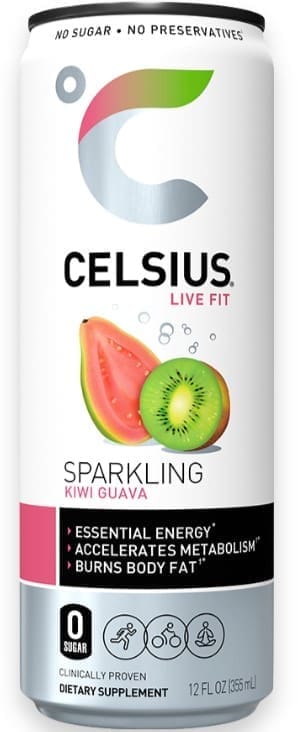
Featuring wording and imagery that resonates with a fitness lifestyle, Celsius’ packaging targets younger women. Source: Celsius
Nutritional drinks balance physical and mental health
Overall engagement in the nutrition drinks sector is increasing, as more adults are participating in 2024 compared to 2023. As a quick solution to hunger takes a front seat in consumers’ minds, almost half of category users consume nutritional drinks as a meal replacement. This makes protein critical as part of the solution, and brands can step in to satisfy almost two-thirds of consumers who buy nutrition drinks for protein.
Across all segments, the non-alcoholic beverages industry reveals a strong drive toward health and wellness, leading to product innovation and an emphasis on physical and mental well-being.
Innovation in the beverage industry
Innovation in the non-alcoholic beverage industry is creating new paths forward. Fueled by evolving consumer preferences, leading players are stirring changes that satisfy both taste buds and the desire for positive health outcomes, among other consumer demands. Keep reading to understand how these developments unfold across different beverage segments.
The future of carbonated soft drinks
Health consciousness, alongside a renewed passion for CSDs, has spurred the advent of brands like Olipop, Poppi, Revive, and United Sodas of America. They employ natural ingredients and promote health claims, successfully relighting the spark for lapsed and existing CSD consumers, and intriguingly, doubling as appealing alcohol alternatives for those keen to cut back.
The focus on health, however, has led to a potent question: Could functionality be the next evolution for CSDs? Brands like Rebbl, GuTSY, and Molson Coors are answering with a resounding ‘yes,’ integrating probiotics and other beneficial elements into their offerings. The goal is to transform indulgent habits into healthier routines, and as US consumers move toward aligning their non-alcoholic beverage consumption with positive health outcomes, this becomes increasingly relevant.
Regions vary in flavor preference
According to Mintel’s Trending Flavors Report, there are regional differences in flavor preferences, with the West of the Unites States preferring unsweetened, natural products, while the Midwest leans towards traditional tastes and is less interested in mint and sour flavors. Brands can act upon regional differences in flavor preferences for non-alcoholic beverages by tailoring their product offerings and marketing strategies to align with the specific tastes and health trends of each region. For example, with the Midwest tending toward tradition, brands should emphasize familiarity in their marketing while introducing new flavors that are not yet common in beverages but are familiar outside of them.
Demographics driving nutrition drink innovation
For the nutrition drinks market, parents are driving category engagement and innovation interest. Moms show a heightened interest in wellness-focused ingredients, suggesting that products with purposeful ingredients that address unique needs can appeal to this group. On the other hand, dads are interested in products that offer additional health benefits and cater to an active lifestyle, with a preference for new and interesting flavors, brand recognition, and functional claims. Parents have distinct preferences and health goals that can be addressed through targeted product development and marketing strategies.
Consumers over the age of 55 have reduced their engagement as nutrition drinks shift toward fitness supplements and away from the traditional nutrition factors that this demographic values. These consumers, therefore, represent an untapped audience. Simplicity in nutrition claims and drawing parallels between food and drink nutrition can make products friendly for older generations. Trendy ingredient innovation can include all ages with clear on-pack nutrition indicators like protein and micronutrients—aspects that this target group values.
Bottled water innovation: the two “H”s
Health and hydration are becoming top of mind for bottled water consumers in 2024. As awareness around the benefits of staying positively hydrated increases—with hashtags like #WaterTok on the social media platform TikTok—the curiosity around innovative ways to consume water also increases. With half of US consumers seeking beverages that benefit both their physical and mental health, it’ll be crucial for brands to indicate the link between additional ingredients and health benefits on the pack.

”Packed with vitamin C,” this growing brand focuses on the added benefits of lemons to water. Source: The Lemon Perfect Company
Innovation in the US non-alcoholic beverages industry is paving the way for a diverse and inclusive beverage experience that caters to the evolving preferences of consumers.
How can brands move forward in the non-alcoholic beverages industry?
Brands looking to make their mark and thrive must align with the health consciousness wave. Tapping into functional ingredients is a step forward in this area, whilst remembering that flavor stands as the gateway for the majority of consumers. Familiar flavors can act as a bridge, encouraging consumers to cross over to the unfamiliar, whether it be new flavors, or ingredients that may provide desirable wellness claims.
Is your business strategy aligned with the evolving preferences of beverage consumers? Have you fully explored your customers’ consumption habits? With Mintel’s leading independent market and consumer research, you can strategize according to the latest trends and developments in non-alcoholic beverages in the US.
Continue your discovery, by exploring our full range of Drinks Market Research.
Subscribe to our newsletter, Spotlight, to get free content and insights delivered directly to your inbox.
Mintel’s Most Innovative Food & Drink
Mintel is constantly tracking innovation, identifying trends and gaining insights. To learn more about the latest product innovations in the food and drink industry, download Mintel’s Most Innovative 2024 report today.













